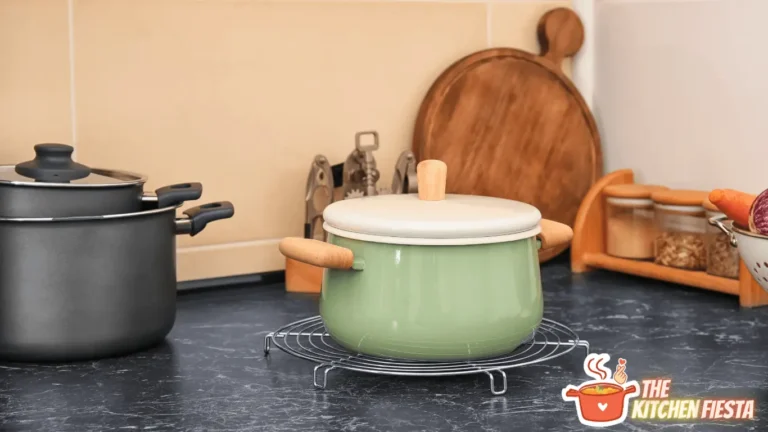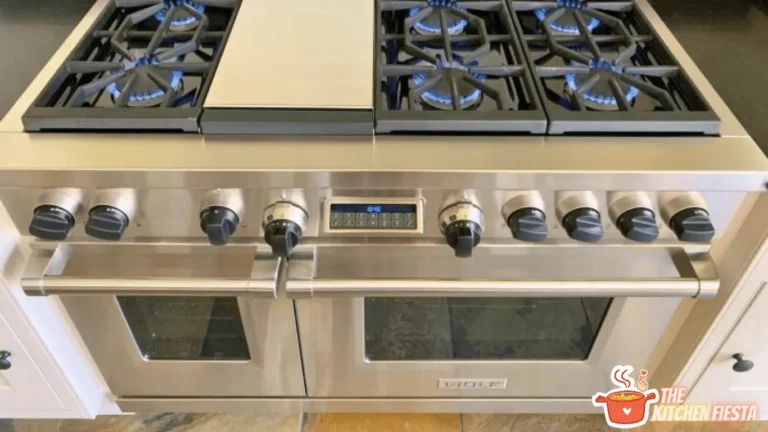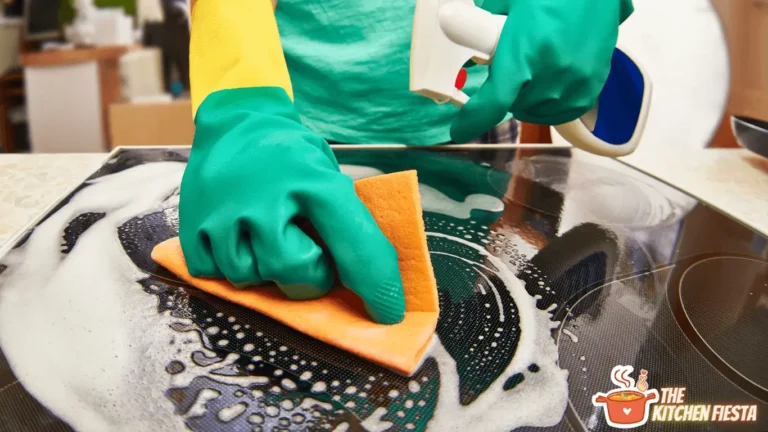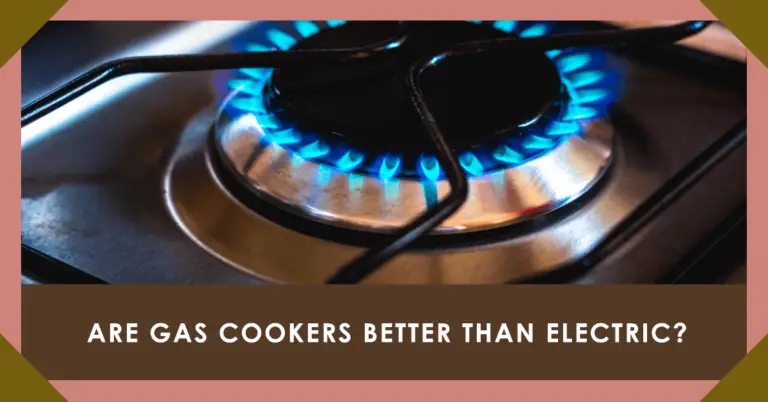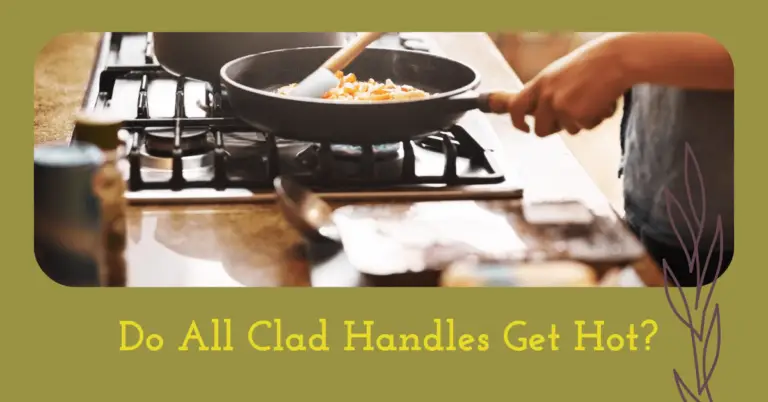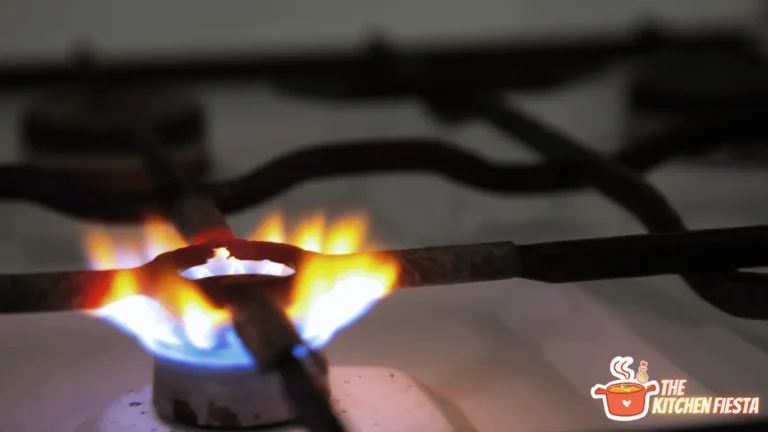Do Electric Stove Burners Really Get Hot Enough to Cook?
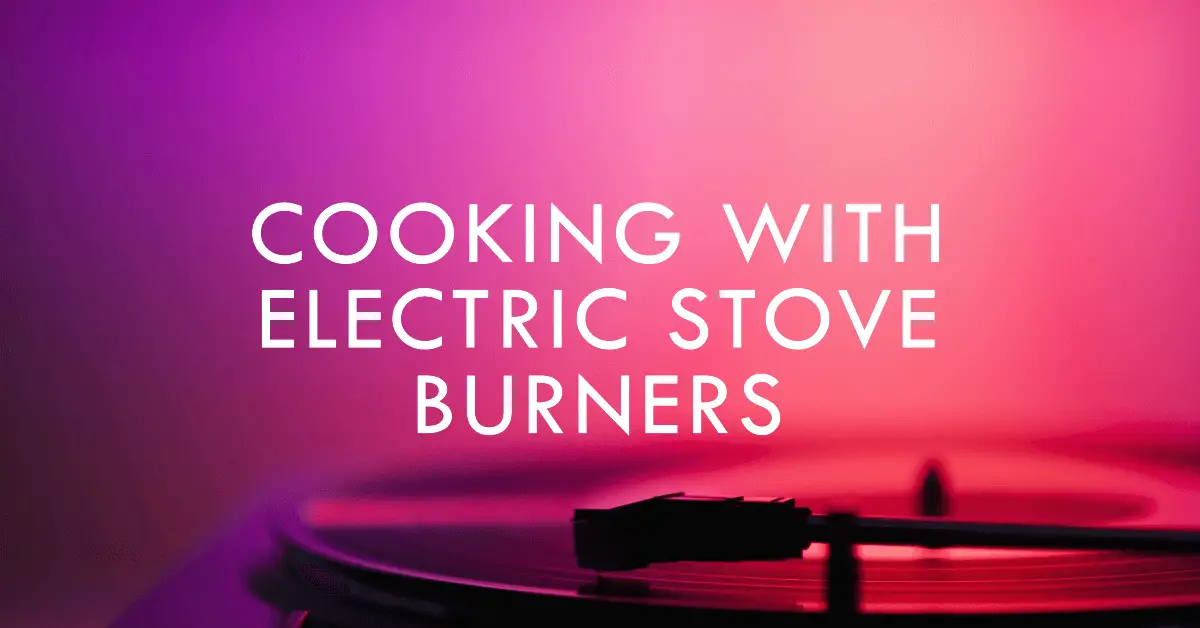
Wondering if your electric stove’s burners can get hot enough to sear a steak or boil water? Get the details on how hot coil and smooth top electric ranges heat up.
Electric stoves are a staple in many kitchens, providing a cooktop and oven for preparing delicious meals. But if you’re used to cooking over a gas flame, you may be skeptical about an electric coil or glass top range’s ability to provide adequate heat. Just how hot do those electric burners get?
The quick answer is that most standard electric stove burners reach temperatures between 300-600 degrees Fahrenheit on medium to high settings. This puts them in the same ballpark as gas stove tops. Factors like burner size, coil thickness, and wiring impact how hot an electric range can heat up. Read on to learn more about electric stove burner temperatures, safety tips, and how to test your range.
What’s the Standard Temperature Range for Electric Stoves?
Electric coil and smooth top ranges rely on the flow of electricity to generate heat. Here are the typical temperature ranges:
- Electric coil ranges – 300-500°F on medium to high settings
- Electric smooth top ranges – 400-600°F on medium to high settings
These temperatures are hot enough to boil water, simmer sauces, fry eggs, and stir fry veggies. Electric smooth top ranges can get a little hotter since their flat glass surface allows for more direct contact with the burner below.
You’ll get the highest heat levels on the front burners because heat rises to the back of the cooktop. And larger, more powerful burners put out more heat than smaller ones.
How Hot Do the Various Burner Settings Get?
Ever wonder just how hot each dial setting on your electric stove gets? Here’s a breakdown of the approximate temperature range for each setting:
- Low – 175-300°F
- Medium – 300-400°F
- Medium High – 400-475°F
- High – 475-550°F+
Of course, every manufacturer is a bit different. But in general, you can expect the low setting to be good for slow simmers, while medium gets you to a vigorous bubble. The highest settings bring water to a rapid boil and get a good sear on steaks.
Turning the dial increases electrical current to the burner coils, generating more heat energy. The maximum temperature depends on the capacity of your particular stove model.
What Factors Impact the Maximum Stove Burner Temperature?
While most electric ranges hit between 300-600°F on high, the specific temperature range depends on:
- Coil thickness – Burners with thicker coils can get hotter because they retain more heat. Thinner coils heat up quicker but may not reach as high of temperatures.
- Burner size – Larger burners that take up more surface area on the cooktop almost always get hotter than smaller ones.
- Wattage – The power rating, measured in watts, indicates how much electricity the burners draw. More watts equals more potential for high heat. Standard is 1500-2000 watts.
- Material – Cast iron retains heat better than lighter metals like aluminum. Ceramic glass tops also retain heat well.
Higher-end ranges tend to have more powerful burners made of thicker and better conducting materials to reach hotter temperatures.
How to Test Your Stove’s Actual Burner Temperatures?
To find out exactly how hot your electric stove’s burners get, you can use a surface thermometer to test them. Here are the steps:
- Turn a burner to the highest heat setting. Give it 5 minutes to fully preheat.
- Hold an instant-read thermometer about 1 inch above the center of the burner. The burner should be free of pots or pans while testing.
- When the temperature reading stops climbing, record the maximum temperature achieved.
- Repeat this process to measure the max temp of the other burners.
Testing your burner temps in this manner provides useful info to prevent burns and match cookware and settings properly to what you’re preparing. If your stove runs significantly cooler or hotter than expected, the wiring may need servicing.
Matching Burners and Settings to Your Cooking Needs
Now that you know your stove’s temperature capabilities, you can better match cookware, ingredients, and settings.
- Use rear burners on low to medium settings for gentle simmering, melting, and low temperature cooking.
- Choose front burners for high heat searing, boiling, or stir frying.
- Opt for the largest burners for large pots, pans, and stockpots that need high heat.
- Use smaller burners for smaller cookware sizes to conserve energy.
Consider your stove’s hot and cool spots when cooking. Thoroughly preheat pans before adding oil or food. Get to know your range’s quirks through experience.
Safety Tips for Preventing Burns
Electric stovetops can reach scorching temperatures, so follow these tips to cook safely:
- Keep flammable items like dish towels away from the burners.
- Don’t let pot and pan handles extend over adjacent hot burners.
- Clean up food spills quickly to avoid residue burning on and smoking.
- Always turn burners off immediately when done cooking to avoid forgetting later.
- Use back burners for gentle simmering to keep handles out of reach of kids.
- Teach children to never touch the stovetop when hot or operate it alone.
Treat your electric range with respect, follow basic precautions, and it will serve your cooking needs for many years.
Common Questions
Are electric stove burners as hot as gas flames?
Top-end electric stove burners can get just as hot as gas burners, in the 500-600°F range. However, gas offers more instant adjustment of flame height.
Can I use a wok on my electric stove?
Yes, but electric stoves may not heat a wok evenly like a gas burner would. Use a flat-bottomed wok and your largest, most powerful electric burner.
Why do my pots burn or discolor on the bottom?
If food or oil is getting too hot and burning in your cookware, it indicates the burner temp is too high. Lower the heat and allow pans to fully preheat before adding food.
Do induction cooktops get hotter than regular electric stoves?
Induction generally heats slightly faster and more efficiently than standard electric. But all modern stove types can reach similar high temps above 500°F.
How can I tell if my stove burners need repair?
If your burners take longer than normal to heat up or don’t ever reach a vigorous boil, the wiring may be failing. A stove repair pro can diagnose and fix issues.
The Bottom Line
While results vary across models, the majority of today’s electric coil and smooth top stoves can reach between 300-600°F. This puts them on par with gas in terms of high-heat cooking ability. Factors like burner size, materials, and wattage impact the max temp.
You can measure your own range’s burners using a surface thermometer. Match your cookware and ingredients to the burner capabilities. And follow safety measures like keeping flammables away and cleaning up spills promptly.
So you can have confidence your electric stove’s burners will heat up plenty hot enough to boil, sear, stir fry, and more. Get to know your appliance’s specific quirks through experience. And enjoy all of your favorite high-heat dishes with your modern electric range.

